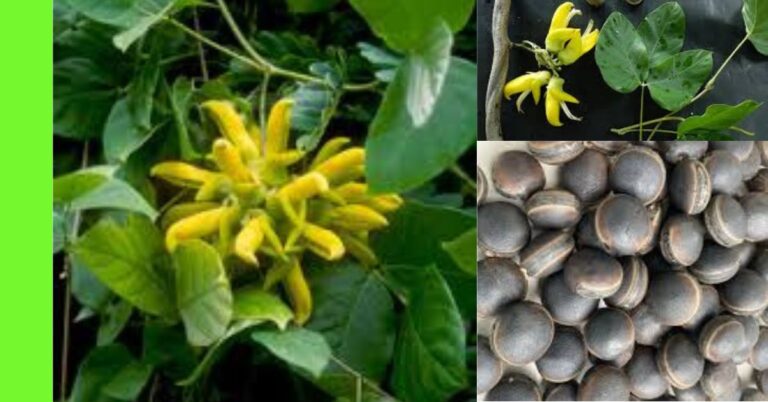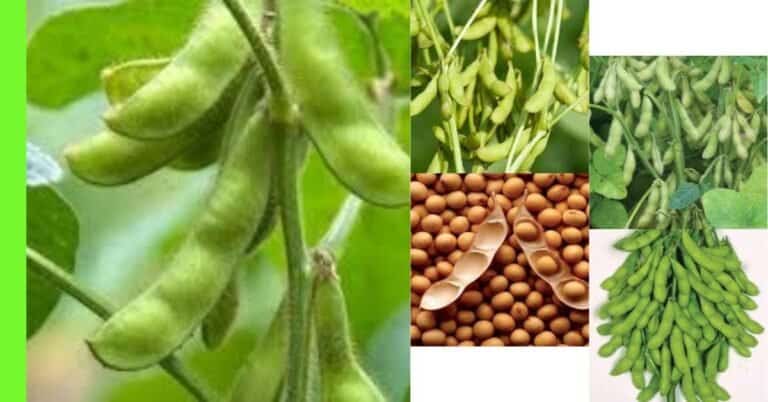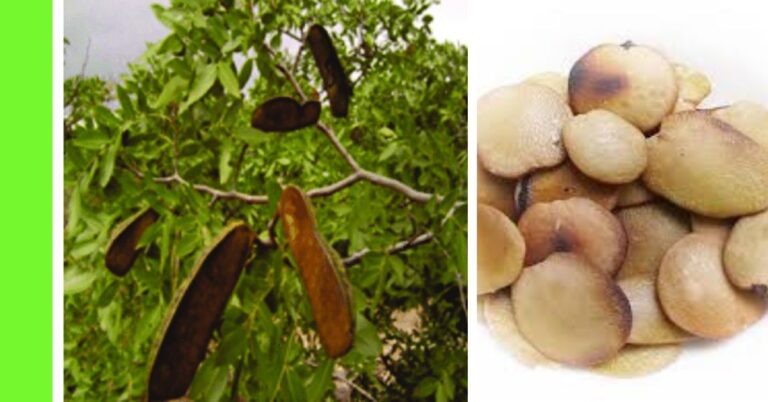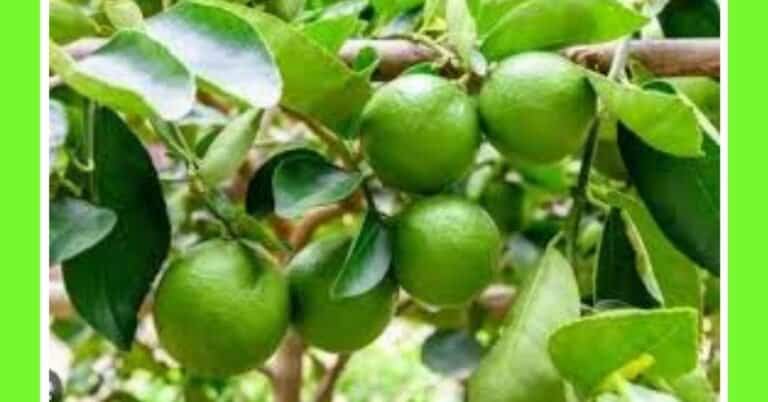How to Plant Mint: A Complete Guide for Beginners
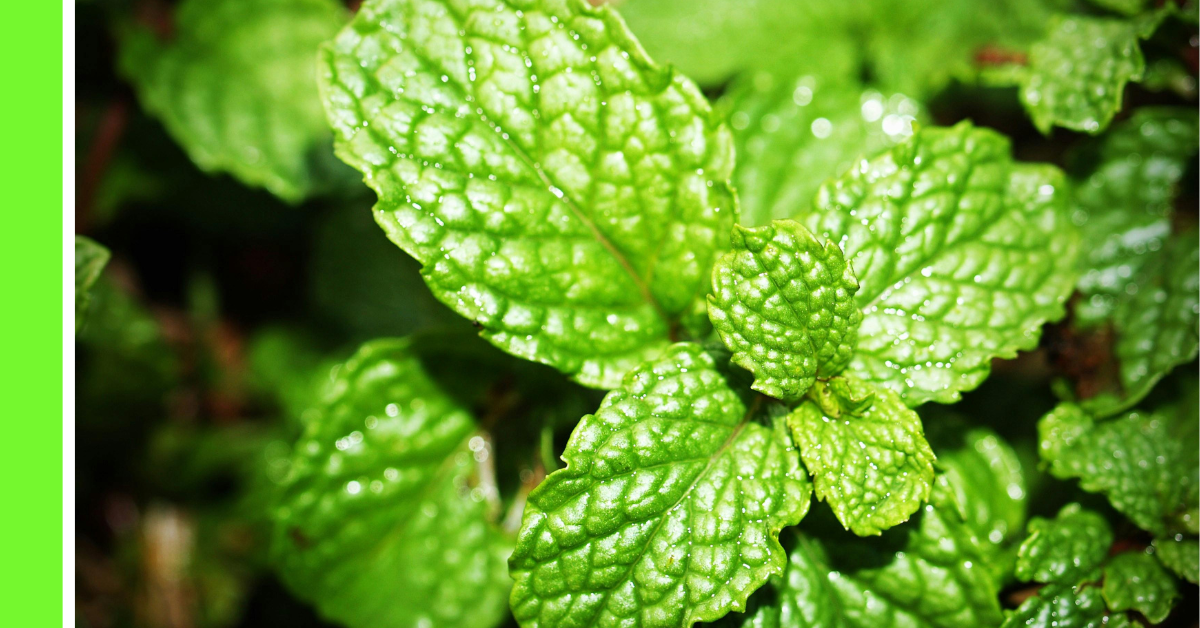
Mint is a widely grown aromatic herb that belongs to the Lamiaceae family.
It is known for its refreshing scent, culinary versatility, and medicinal properties.
Whether you want to grow it in your backyard, garden bed, or containers, mint thrives well in Nigeria’s climate with the right care and attention.
This article gives a comprehensive guide on how to plant mint, from soil preparation to pest management.
Description of a Mint Plant
Mint (Mentha spp.) is a fast-growing, spreading perennial herb recognised for its fragrant leaves.
The plant features square-shaped stems and bright green, serrated leaves.
Depending on the variety, mint can grow up to 30–60 cm tall.
Mint is popular for its fresh taste and is often used in teas, salads, soups, drinks, and skincare products.
In Nigeria, the most common types of mint include spearmint and peppermint, both of which adapt well to the local environment when provided with moderate care.
Mint thrives in moist, rich soil and partial sunlight.
Its strong root system allows it to grow rapidly, often spreading uncontrollably if not managed.
Because of this, it’s best grown in containers or confined beds to prevent it from overtaking other plants.
Planting Season for Mint
Mint can be planted throughout the year in Nigeria, thanks to our country’s warm and humid climate.
However, the best time to plant mint is during the rainy season, between March and July in most parts of the country.
This ensures natural moisture levels that support healthy growth and the establishment of roots.
Mint can also be planted during the dry season, provided consistent watering is maintained.
Avoid periods of extreme heat or drought when planting from seed, as this can hinder germination and establishment.
Planting Mint
Step 1: Choose a Location
Mint prefers a location with partial shade to full sun.
Choose a spot that receives at least 4 to 6 hours of sunlight daily.
The area should also have well-draining, loamy soil that retains moisture but does not become waterlogged.
If you’re growing mint in containers, use a pot with drainage holes and position it where it gets morning sun and afternoon shade.
Step 2: Land Clearing and Preparation
Clear the land of weeds, stones, and debris.
Use a hoe or cutlass to till the soil to a depth of about 20–25 cm.
Add organic compost or well-rotted manure to improve soil fertility and moisture retention.
If planting in containers, use a mix of loam soil, compost, and sand in equal parts.
It’s also helpful to test the soil pH.
Mint prefers a slightly acidic to neutral pH of 6.0 to 7.0.
Step 3: Means of Propagation
Mint can be propagated in two main ways:
- From seeds: Ideal for gardeners who want to start from scratch.
- From stem cuttings or root divisions: A faster and more reliable method used by most farmers in Nigeria. Mint grows easily from a healthy stem placed in moist soil or water.
If you want quicker results, go for cuttings or root divisions.
However, if you’re experimenting or planning large-scale production, starting from seeds is a viable option.
Step 4: How to Plant Mint from Seed
- Seed Preparation: Purchase high-quality mint seeds from trusted agro-dealers or garden centres. Soak the seeds overnight to improve germination.
- Sowing: Sow the seeds directly in moist, prepared beds or seed trays. Space the seeds about 20–30 cm apart, lightly covering them with a thin layer of soil.
- Germination: Keep the soil moist but not waterlogged. Mint seeds take around 7–14 days to germinate under warm conditions.
- Transplanting: Once seedlings have 3–4 true leaves and are about 5–7 cm tall, transplant them into your garden or larger containers.
Note: If growing from cuttings, place a healthy mint stem in water for 7–10 days until roots form. Then plant directly into moist soil.
Step 5: Watering
Mint requires consistent moisture to grow well.
Water 2–3 times a week during the dry season and once during the rainy season, unless rainfall is heavy.
Avoid waterlogging as it can cause root rot. In containers, ensure good drainage and never let the soil dry out completely.
A good rule of thumb: Keep the soil evenly moist but not soaked.
Step 6: Apply Manure
To promote lush foliage and healthy growth, apply organic manure such as compost, poultry droppings, or cow dung during land preparation and periodically every 4–6 weeks.
You can also apply nitrogen-rich fertilisers like urea sparingly for faster growth.
For best results:
- Mix compost into the soil at planting.
- Use liquid compost tea or a diluted organic fertiliser every few weeks.
Maturity and Harvest
Mint reaches maturity and is ready for harvesting 2–3 months after planting, depending on the growing conditions and propagation method.
You can begin to harvest mint leaves once the plant reaches about 15–20 cm in height.
To harvest:
- Use a knife, scissors or pruning shears.
- Cut the stems just above a leaf node to encourage bushier growth.
Mint can be harvested multiple times during its growing season.
Regular harvesting promotes more foliage and prevents the plant from becoming leggy or flowering too early.
Pests and Diseases
Mint is relatively hardy but can still be affected by common pests and diseases in Nigerian gardens:
Common Pests:
- Aphids: Tiny sap-sucking insects that cluster on stems and leaves.
- Spider mites: Microscopic pests that create webbing and cause leaf discolouration.
- Whiteflies: Small flying insects that feed on plant sap and reduce growth.
- Cutworms: Larvae that chew through young stems at soil level.
Common Diseases:
- Powdery mildew: A white fungal growth on leaves, especially in humid conditions.
- Rust: Causes small, rust-colored pustules on the underside of leaves.
- Root rot: Usually caused by overwatering or poor drainage.
- Mint anthracnose: A Fungal infection that causes black or brown spots on leaves and stems.
Pest and Disease Control
Maintaining a healthy environment and good cultivation practices can minimise pest and disease issues.
Below are some preventive and control methods:
1. Organic Pest Control:
- Neem oil spray: Effective against aphids, whiteflies, and mites. Mix with water and apply weekly.
- Garlic spray: Acts as a natural pesticide.
- Companion planting: Plant mint with crops like tomatoes or cabbage to deter certain pests.
- Hand removal: Pick off visible pests early in the morning.
2. Cultural Practices:
- Avoid overcrowding plants to improve air circulation.
- Water in the morning to allow leaves to dry before nightfall.
- Rotate mint beds annually to reduce disease buildup in the soil.
3. Fungicide Application:
- Use organic fungicides like sulfur-based sprays for fungal issues.
- For root rot, reduce watering and consider replanting in better-drained soil.
4. Sanitation:
- Regularly prune dead or diseased leaves.
- Remove weeds around the base of the plant.
- Disinfect tools after use to prevent disease spread.
Conclusion
Growing mint in Nigeria is a rewarding experience for gardeners and small-scale farmers alike.
With the right planting season, care, and pest control practices, you can enjoy a steady supply of fresh mint leaves throughout the year.
Whether you’re cultivating for personal use, herbal tea production, or commercial purposes, mint is a versatile herb that offers culinary and economic benefits.
Start small, stay consistent with watering and maintenance, and you’ll soon enjoy the refreshing taste and scent of homegrown mint.
Hope this article was helpful.
Is there any crop you want to grow and can’t find in our How to Grow category?
Let us know; leave a note in the comment box below.

